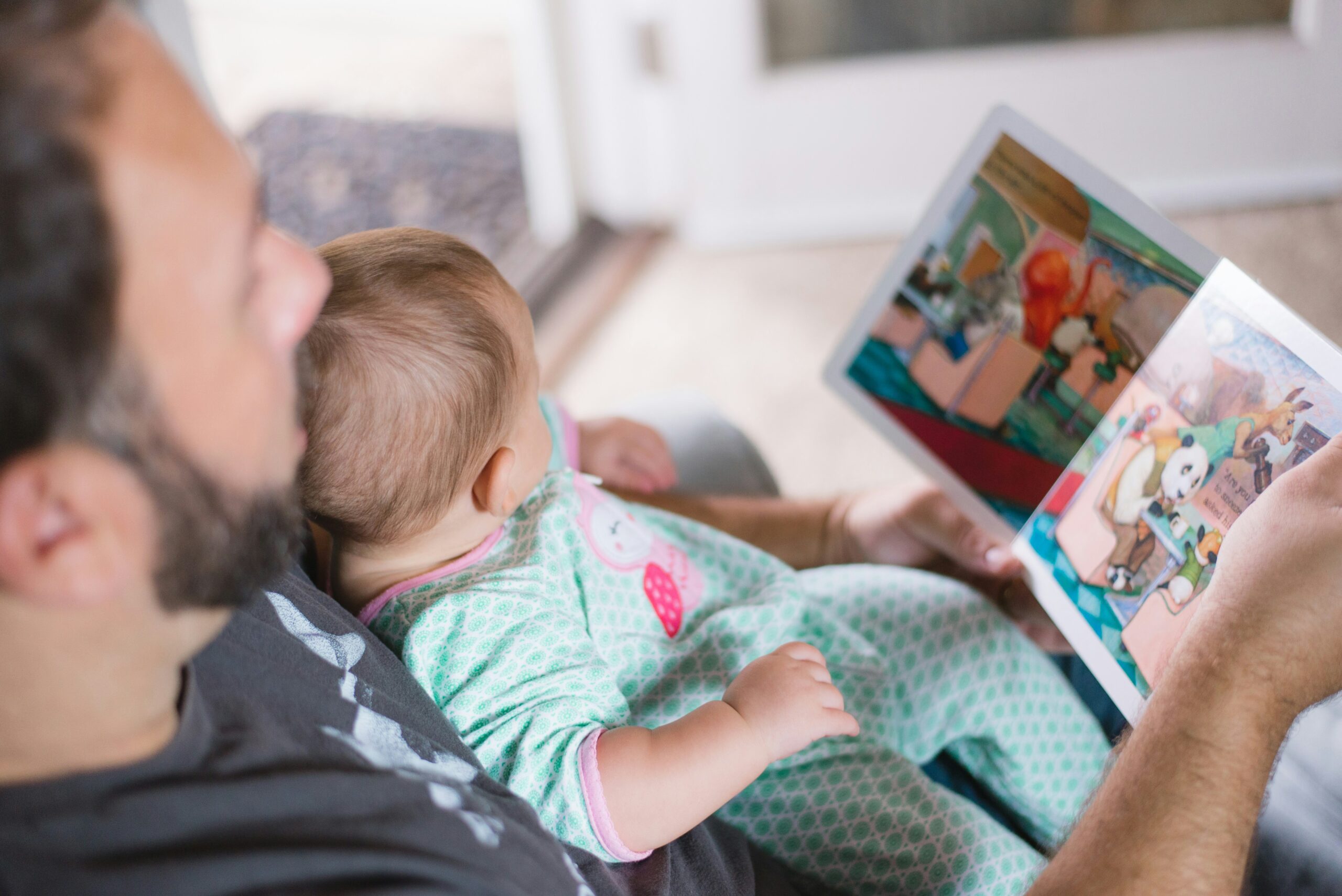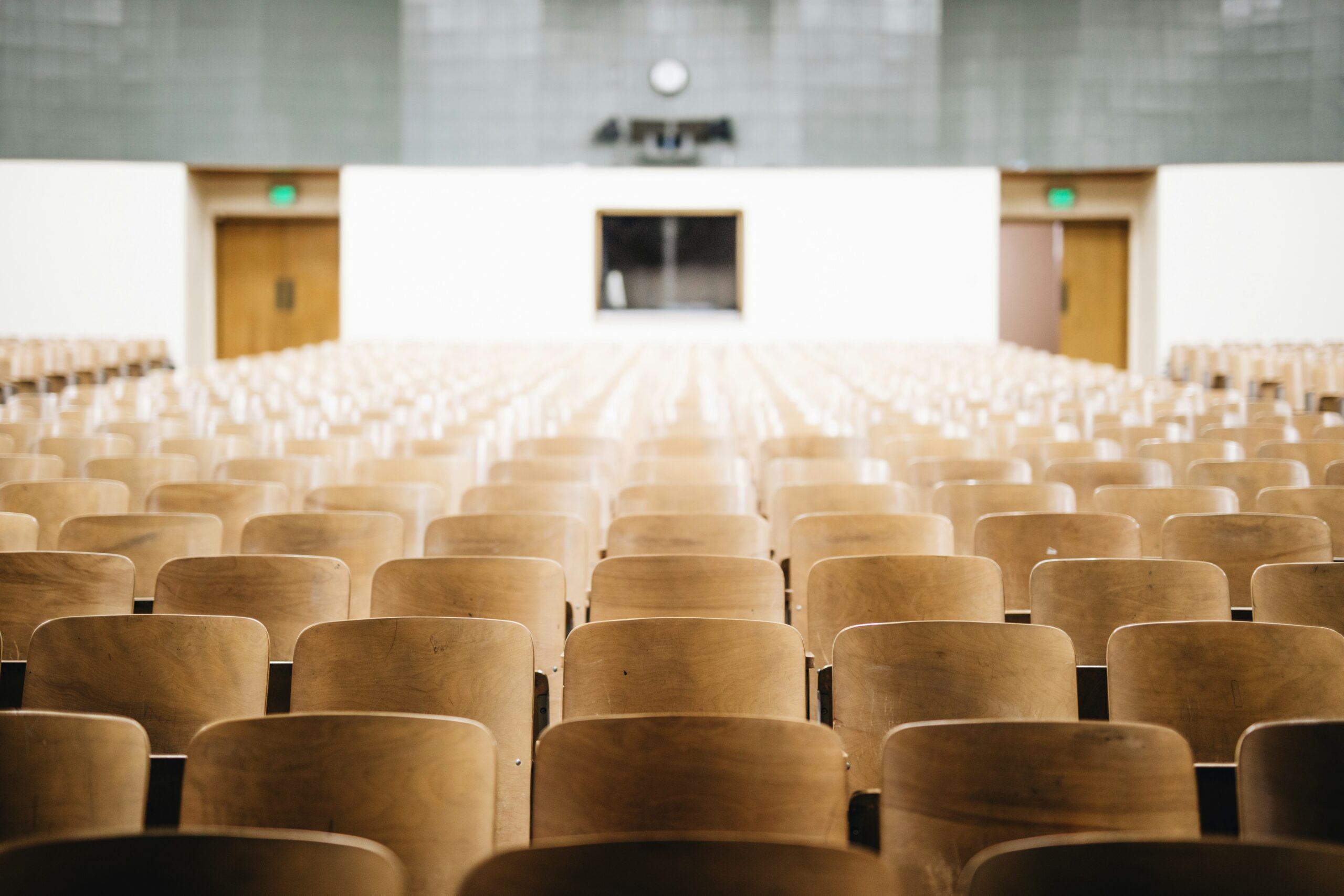This article is a summarized explanation of the article published in JAMA in October 2022, titled “Dyslexia on Babies and Inheritance of the Condition“. The study was conducted at Boston Children’s Hospital between 2011 and 2019. The sole intention of this entry is to inform our readers of recent studies in a “tiny bite” manner. Thanks for reading!
What is dyslexia, and why is this study relevant?
Dyslexia is a learning difference that makes it difficult for people to read and decode words, affecting about 7-10% of the population. This study is relevant because if you have a parent or sibling with dyslexia (family history), you have a 40-60% chance of developing it.
The research looks at whether we can spot early signs in babies’ brains that might be linked to developing dyslexia.
Photo: Jelleke Vanooteghem @ Unsplash
How did they study babies’ brains?
The researchers used a special brain scan called functional MRI to observe brain activity while babies were naturally sleeping. They studied 98 babies (35 with a family history of dyslexia and 63 without) and looked at how different parts of their brains communicate with each other.Â
It’s like watching how different neighborhoods in a city are connected by roads.
What did they discover?
They found that babies with a family history of dyslexia showed different brain connection patterns in a specific area called the left fusiform gyrus. This region is super important because it becomes responsible for recognizing written words when we learn to read. It’s like this area is pre-wired differently in babies who might develop dyslexia.

Does this mean all babies with these brain patterns will develop dyslexia?
No, not at all!
Having these different brain patterns doesn’t guarantee someone will develop dyslexia. It’s just one risk factor: having a family history of heart disease doesn’t mean you’ll have heart problems. Many children with dyslexia genetics grow up to be typical readers.
How can this research help people?
This research is exciting because it might help us identify children who might develop dyslexia even in infancy. Early identification is crucial because interventions work better when started young.
However, more research is needed to understand how these early brain differences relate to actual reading abilities later in life.

Were the babies with dyslexia genetics developing differently in other ways?
No, and this is really interesting!
The researchers found that both groups of babies (4 to 13 months old) were hitting their developmental milestones (like motor skills, language skills, and visual skills) at the same rate.
They also grew up in similar home environments and socioeconomic backgrounds. The only key difference was in their brain connectivity patterns.
What exactly does “brain connectivity” mean in this study?
Think of brain connectivity like a social network.
Just as people connect and communicate with each other, different areas of the brain are constantly “talking” to each other. The researchers studied how strongly different brain regions communicate while the babies were asleep.
It’s similar to checking someone’s phone records to see which friends they talk to most often.
Why did they study sleeping babies?
Studying sleeping babies is clever!
When you’re trying to map brain connections, the subject must stay still (movement can mess up the brain scans). Since it’s nearly impossible to get babies to lie still while awake in a noisy MRI machine, the researchers conducted the scans while the babies were naturally sleeping. This gave them clear and reliable data about brain activity.
Photo: Toa Heftiba @Â Unsplash
How is this different from previous dyslexia studies?
Most previous studies looked at older children who were already struggling with reading, or they focused on specific spots in the brain rather than how different areas connect.
This is the first study to analyze whole-brain connection patterns in babies who may develop dyslexia. It’s like studying the roots of a tree before any differences show up in the branches and leaves.
What’s unique about the left fusiform gyrus (part of the brain) they discovered was different?
The left fusiform gyrus is fascinating because it eventually becomes what scientists call the “Visual Word Form Area,” or the brain’s letter and word recognition center.
In skilled readers, this area instantly recognizes written words, like how you can immediately identify a friend’s face without analyzing each feature. Finding differences in how this area connects to other brain regions in infancy suggests that some aspects of reading difficulty might have very early origins.
Could this research lead to “fixing” dyslexia in babies?
Not exactly. The goal isn’t to “fix” anything because dyslexia doesn’t need fixing! It’s a different way of processing information.
Instead, this research might help us better understand how to support children who might be at risk. Think of it like knowing a storm might be coming: you can’t prevent a storm, but you can prepare better if you know it’s possible.
The real value is potentially providing support and resources earlier when they can be most helpful.
How likely is it to get dyslexia if you have a family history?
Dyslexia affects 7-10% of people worldwide, making it challenging for them to learn to read despite having intelligence and vision like any other child. The condition runs in families. If you have a parent or sibling with dyslexia, your chances of having it increase to 40-60%.
Why is this research relevant for the future?
- Early Understanding: It shows that some brain differences related to dyslexia risk are present early in life, helping us understand how dyslexia develops.
- Potential for Early Support: While we can’t “prevent” dyslexia (and wouldn’t want to – it’s a difference, not a disease), knowing about risk factors could help families and educators provide better support early on.
- Future Research Directions: The study opens up new questions about how these early brain differences relate to later reading abilities and what factors might help some at-risk children develop strong reading skills despite their family history.
Key Takeaways
- Brain connectivity patterns in infants, particularly in the left fusiform gyrus, may indicate a predisposition to dyslexia before reading age.
- Having a family history of dyslexia increases risk by 40-60%, though different brain patterns don’t guarantee the development of the condition.
- Early developmental milestones are not affected: babies with and without dyslexia genetics develop motor, language, and visual skills at the same rate.
Points of Action
- If dyslexia runs in your family, get your children assessed and, if you have a positive diagnosis, focus on supporting your child’s early language environment.
- Monitor your child’s development holistically, remembering that early brain differences don’t predetermine learning outcomes
- Stay informed about emerging research in dyslexia detection and intervention strategies.
Source:
To read the original article and refer to bibliography, please visit JAMA page here.








